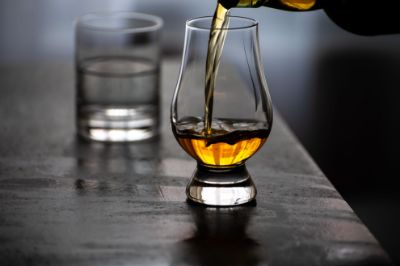Scotch is a type of whisky that is distilled in Scotland, and it is produced using a unique process that has been passed down through generations. One of the most important steps in the production of Scotch is the aging process, which involves storing the whisky in oak barrels. Barrel aging is a crucial step in the creation of Scotch, as it imparts unique flavors, aromas, and colors to the whisky.
When it comes to Scotch, the barrels used for aging are typically made from oak, which has a high tannin content. This tannin content helps to mellow and smooth out the whisky, as well as imparting flavors and aromas that are unique to each barrel. The size of the barrel, as well as the type of wood used, will also affect the flavor and aroma of the whisky.
The period of time a Scotch is aged in the barrel will also affect its flavor. Generally, Scotch is aged for at least three years, although some whiskies are aged for up to twenty years or more. The longer a Scotch is aged in the barrel, the more complex and smooth the flavor will be.
When it comes to barrel aging, distillers may choose to use either new or used barrels. New barrels are usually charred, which imparts a smoky flavor to the whisky, while used barrels may have been used to store other types of alcohol, such as sherry or port, which can also add unique flavors to the Scotch.
In addition to influencing the flavor of the whisky, barrel aging also affects the color of the Scotch. As the whisky ages in the barrel, it takes on an amber color, which is a result of the interaction between the tannins in the oak and the whisky. Overall, barrel aging is an essential part of the production of Scotch, and it is responsible for imparting unique flavors, aromas, and colors to the whisky. By using new or used barrels, distillers can create a variety of different Scotch whiskies, each with its own unique character.
Overall, barrel aging is an essential part of the production of Scotch, and it is responsible for imparting unique flavors, aromas, and colors to the whisky. By using new or used barrels, distillers can create a variety of different Scotch whiskies, each with its own unique character.

